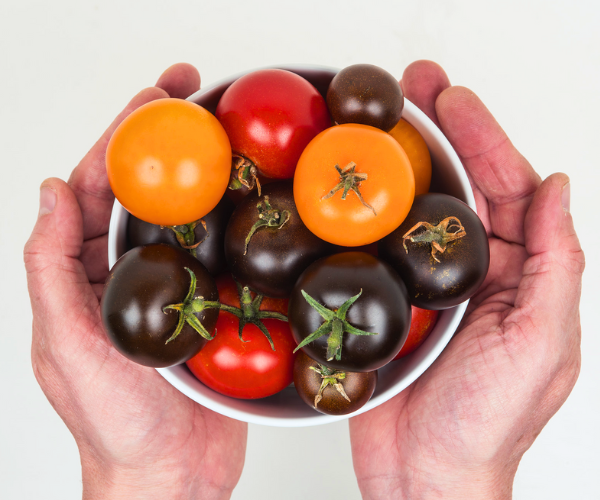A novel player in plant cell wall surveillance identified
Scientists have found a piece of the puzzle to help explain how plants maintain the strength and composition of their cell walls during growth.
As plants grow, the cells elongate and change shape. As they do so, the surrounding cell wall must be remodelled without losing integrity. It is known that many genes involved in the control of cell shape and growth are regulated by the plant hormone brassinosteroid. Recently, it was suggested that a feedback loop might exist in which signals created in the cell wall allow it to communicate with the hormonal signalling module, and vice versa. This provides a surveillance mechanism that can tell the plant what the current state of the cell wall is, and whether it needs any maintenance.
Until now, there was little evidence of the components that might allow this proposed system to function. However, new research reveals a role for a membrane protein called RLP44 in this feedback loop.
Pectin, one of the major structural components of the plant cell wall, can be modified during growth to a methylesterified form, or a demethylesterified form (pectate). Working with the model plant species Arabidopsis thaliana, the researchers found that when the conversion of methylesterified pectin to pectate is blocked, this acts as a signal to RLP44, which in turns appears to activate brassinosteroid signalling.
This research was published today in the journal Proceedings of the National Academy of Sciences of the USA. Led by Sebastian Wolf from the University of Heidelberg, the collaboration involved other scientists from Germany, France, and Professor Cyril Zipfel, Head of The Sainsbury Laboratory in Norwich (UK).
Dr Wolf said: “The identification of RLP44 was a truly collaborative effort and is a first step towards elucidating how cues from the wall are integrated with intracellular signalling. What we hope to understand in the future is the nature of the signals in the wall and how exactly they are perceived and processed to control plant growth.”


